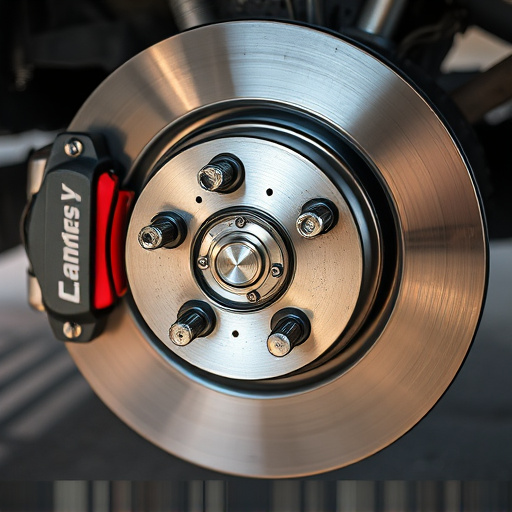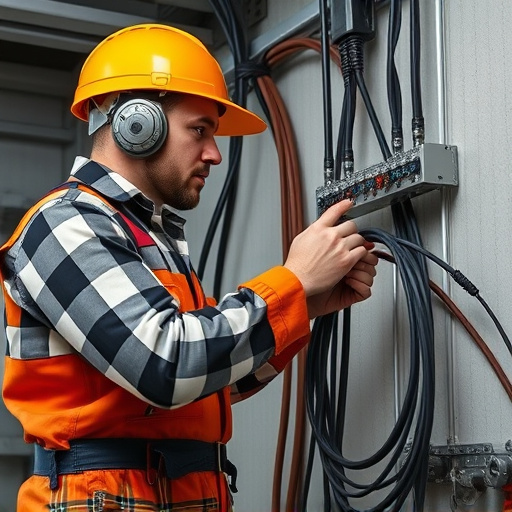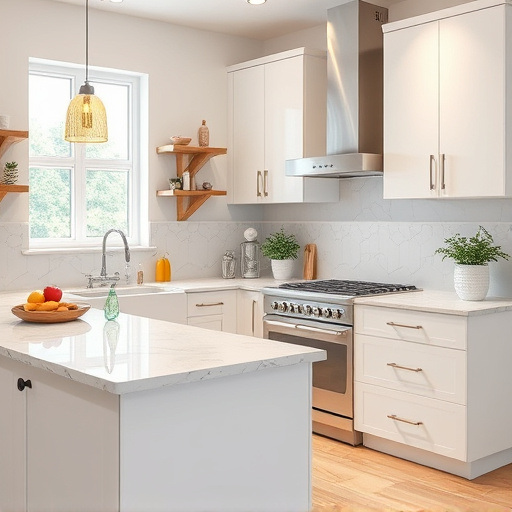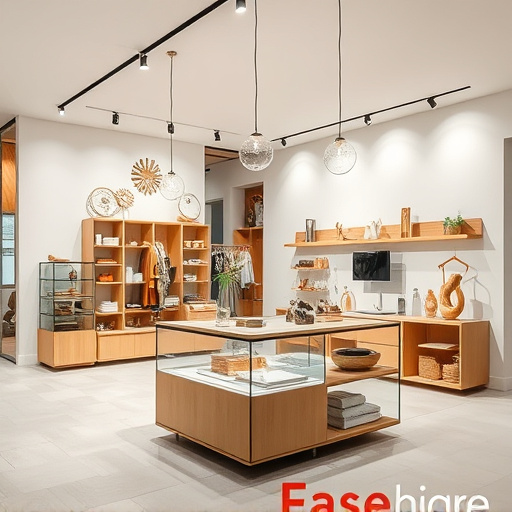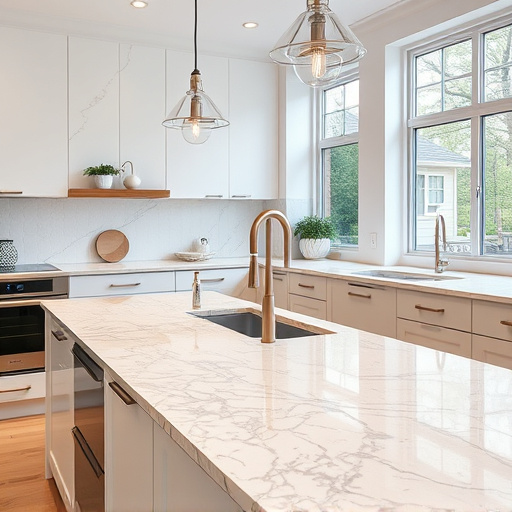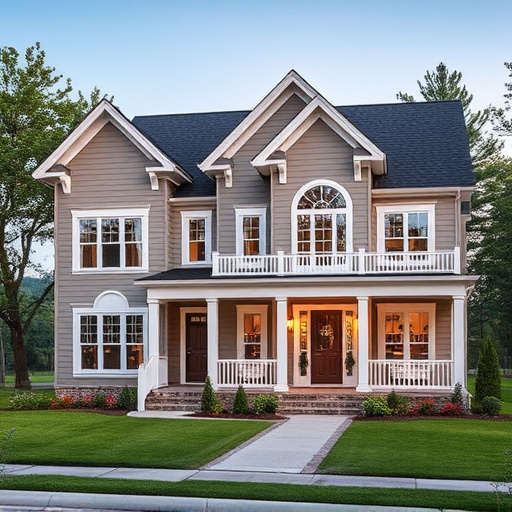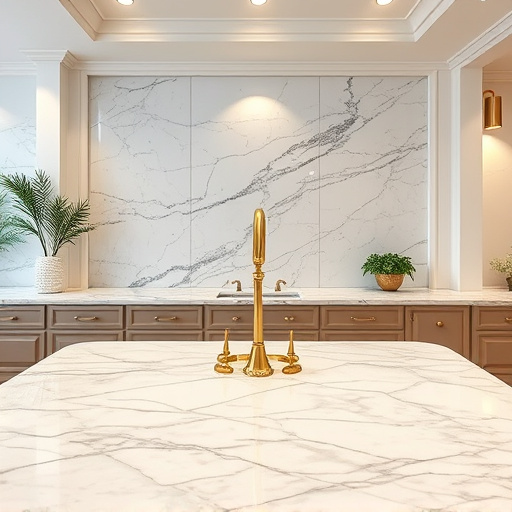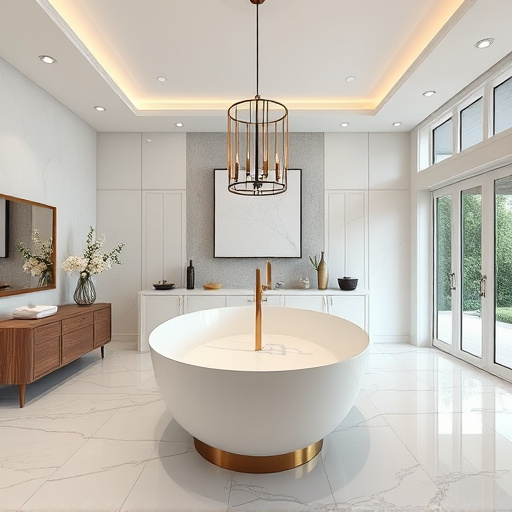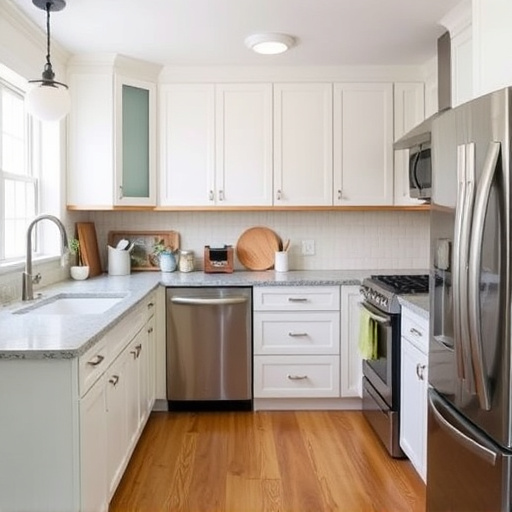Modern office interiors prioritize flexibility for hybrid and remote teams, replacing cubicles with open plans and adjustable furniture. Seamless tech integration, including robust Wi-Fi, video conferencing, and collaborative furniture, caters to diverse work styles. Ergonomic furniture and sound-absorbing materials enhance productivity and comfort, balancing collaboration and personal space.
In today’s dynamic work environment, with hybrid and remote teams becoming the norm, office interiors must evolve to cater to diverse needs. This article explores how designers can create flexible spaces that accommodate various workstyles, integrate technology to facilitate remote collaboration, and foster comfort and concentration for hybrid teams. Discover strategies to optimize office interiors, enhancing productivity and employee satisfaction in a post-traditional workplace.
- Designing for Flexibility: Spaces that Accommodate All Workstyles
- Technology Integration: Enabling Remote Collaboration in Office Interiors
- Creating Comfort and Concentration: Ergonomics for Hybrid Teams
Designing for Flexibility: Spaces that Accommodate All Workstyles
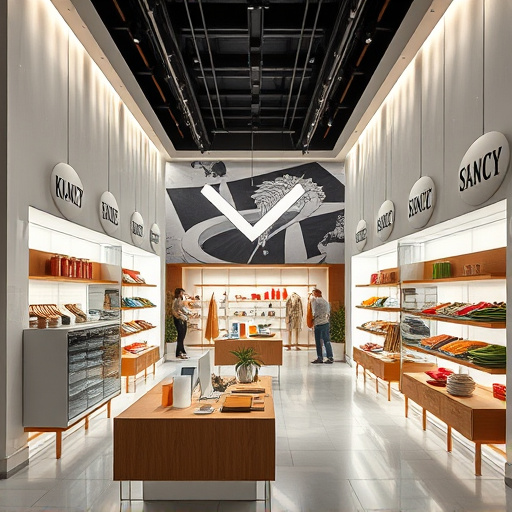
In designing modern office interiors, flexibility is key to catering to hybrid and remote teams with diverse workstyles. The traditional cubicle setup might not be suitable for everyone, so designers are opting for open-plan layouts that allow for collaboration and privacy on demand. This could involve dedicated spaces for focused individual work, informal gatherings, or video conferencing. By incorporating adjustable furniture, movable partitions, and reconfigurable areas, office interiors can adapt to the ever-changing needs of remote workers transitioning between home and office environments.
Creating versatile spaces is not just about aesthetics; it’s also about functionality. Incorporating elements such as mobile screens, modular shelving, and flexible lighting solutions enables employees to personalize their workstations. Moreover, integrating features like soundproofing and ergonomic furniture enhances comfort and productivity. With a thoughtful kitchen remodel or home renovation, office interiors can become multifunctional hubs that support a wide range of workstyles, ensuring every team member feels supported and motivated in their unique professional journey.
Technology Integration: Enabling Remote Collaboration in Office Interiors
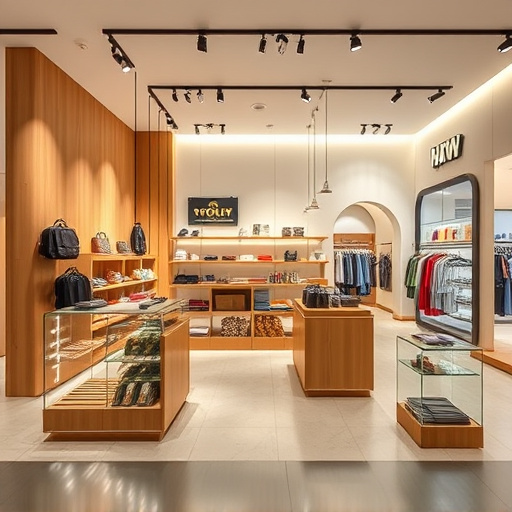
In today’s digital era, successful office interiors must seamlessly integrate technology to facilitate seamless collaboration among hybrid and remote teams. This includes robust Wi-Fi connectivity throughout the space, as well as access to video conferencing equipment and cloud-based platforms for virtual meetings and document sharing. Smart offices also incorporate charging stations for mobile devices, ensuring that employees staying in or visiting the office can easily keep their gadgets charged while working.
Furthermore, technology integration goes beyond basic communication tools. Customized home renovations and kitchen upgrades within office spaces can create more comfortable and inviting areas where remote workers can feel at home during their visits. These spaces should be designed with collaborative furniture that promotes informal gatherings and brainstorming sessions, enhancing productivity and fostering a sense of community among distributed teams. Such considerations turn the traditional office interior into an adaptable environment that caters to diverse working styles and preferences in the age of hybrid and remote work.
Creating Comfort and Concentration: Ergonomics for Hybrid Teams
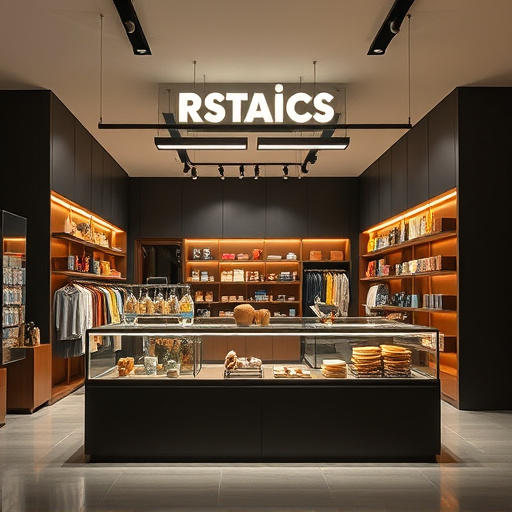
In today’s hybrid work environment, office interiors need to cater to diverse needs—from focused individual work to collaborative team meetings. Creating a comfortable and productive space requires thoughtful ergonomics, ensuring that every employee can work seamlessly, regardless of their location. Ergonomic furniture plays a pivotal role in this regard, promoting better posture and reducing the risk of injuries associated with prolonged sitting. Adjustable desks, for instance, allow employees to switch between standing and sitting, enhancing concentration and productivity.
Furthermore, incorporating flexible seating arrangements, such as adjustable chairs, bean bags, or standing desk pods, enables remote workers to easily join hybrid meetings without compromising comfort. Well-designed office interiors should also incorporate sound-absorbing materials to mitigate noise levels, ensuring that employees can concentrate even in shared spaces. These home transformations and floor replacements can significantly enhance collaboration while respecting the boundaries between work and personal spaces, ultimately fostering a more satisfied and productive workforce.
Modern office interiors need to adapt to the diverse needs of hybrid and remote teams. By prioritizing flexibility, technology integration, and ergonomic design, spaces can foster productivity and collaboration regardless of where employees are working. Investing in these aspects ensures that office interiors remain relevant and beneficial for the evolving nature of work, creating an environment that accommodates all workstyles seamlessly.

